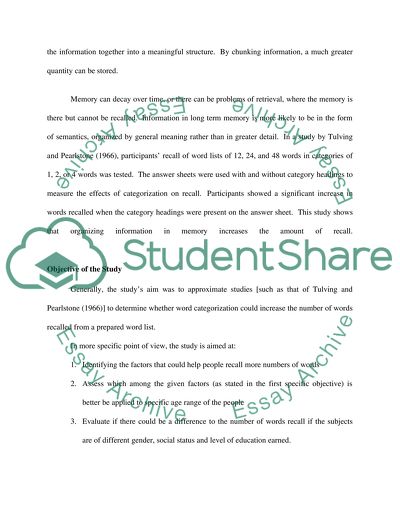Cite this document
(“A comparison of effects of categorized and uncategorized words on Essay”, n.d.)
A comparison of effects of categorized and uncategorized words on Essay. Retrieved from https://studentshare.org/miscellaneous/1521641-a-comparison-of-effects-of-categorized-and-uncategorized-words-on-memory
A comparison of effects of categorized and uncategorized words on Essay. Retrieved from https://studentshare.org/miscellaneous/1521641-a-comparison-of-effects-of-categorized-and-uncategorized-words-on-memory
(A Comparison of Effects of Categorized and Uncategorized Words on Essay)
A Comparison of Effects of Categorized and Uncategorized Words on Essay. https://studentshare.org/miscellaneous/1521641-a-comparison-of-effects-of-categorized-and-uncategorized-words-on-memory.
A Comparison of Effects of Categorized and Uncategorized Words on Essay. https://studentshare.org/miscellaneous/1521641-a-comparison-of-effects-of-categorized-and-uncategorized-words-on-memory.
“A Comparison of Effects of Categorized and Uncategorized Words on Essay”, n.d. https://studentshare.org/miscellaneous/1521641-a-comparison-of-effects-of-categorized-and-uncategorized-words-on-memory.


